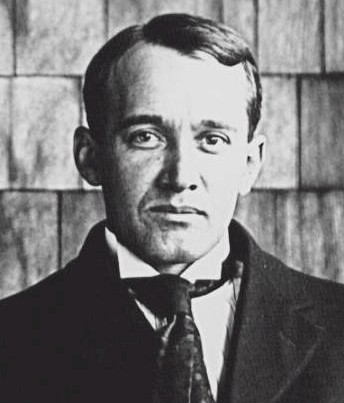
Biografia estratta da: http://www.lowell.edu/ V.M.
Slipher was born on November 11, 1875 in Mulberry, Indiana. He was educated first at a high school in Frankfort, Indiana and later at the University of Indiana at Bloomington. Here, he received a bachelors degree in mechanics and astronomy in 1901, a masters degree in 1903, and a Ph.D in 1909. He began work at Lowell Observatory in August of 1901. His best known work at this institution concerns his discovery of the radial velocities of spiral nebulae, starting in 1912. Through this research, he determined that spiral nebulae were moving at approximately three times the speed of any other known object, a discovery which was later utilized by astronomer Edwin Hubble.
In addition, Slipher discovered that these spiral nebulae are rotating. Slipher also provided important data which helped to prove the existence of vast quantities of gas and dust in interstellar space. The existence of interstellar gas had been postulated by J.C. Kapteyn in 1908, a hypothesis which Slipher proved in 1909 by examining stellar spectra. In 1912, Slipher demonstrated the existence of interstellar dust with his discovery that a nebula in the constellation Pleiades near the star Merope shone by reflected starlight alone. Slipher also conducted investigations of aurorae and night sky light, expanding his work to include zodiacal light, as well, in the early 1930s. Slipher was also involved in planetary astronomy, starting a spectrographic investigation of Jupiter, Saturn, Uranus and Neptune in the infrared in 1903.
He discovered several previously unknown spectral lines, some of which Rupert Wildt found, in 1931, to be due to ammonia and methane. Slipher also determined periods of rotation for Venus in 1903 and Uranus in 1911. After 1927, he supervised the search for Lowell's predicted Planet X. In addition to his astronomical work, Slipher was active in the administration of Lowell Observatory. He became the assistant director of the Observatory in 1915, acting director upon Percival Lowell's death in 1916, and was named Observatory director in 1926. He remained in this position until his retirement in 1954.
He died in Flagstaff in 1969 at the age of 93.

